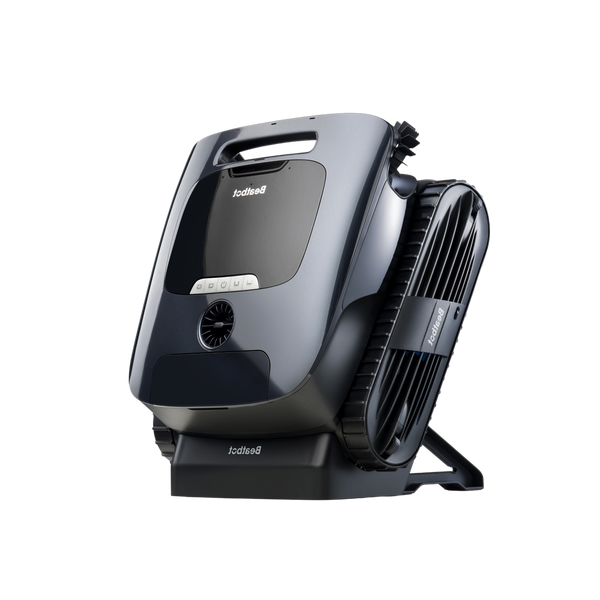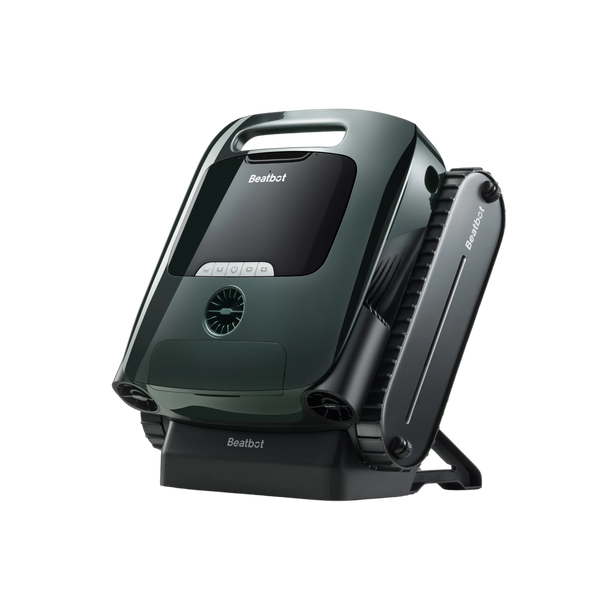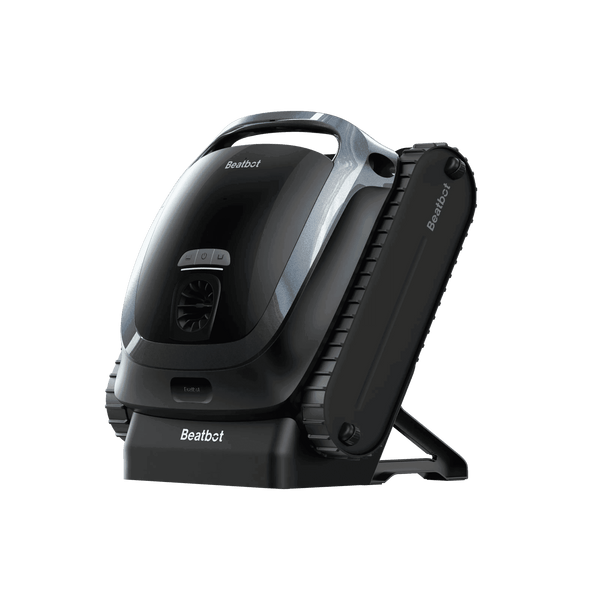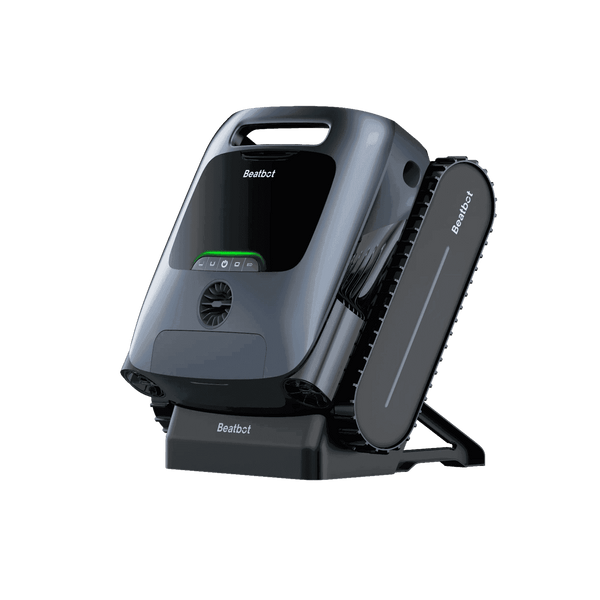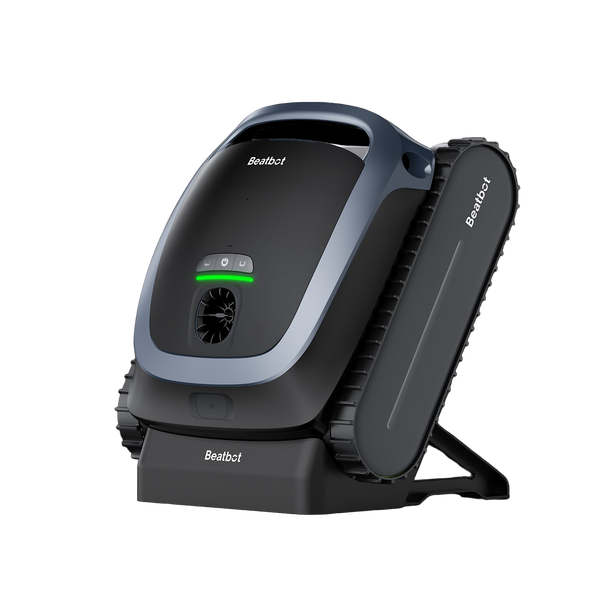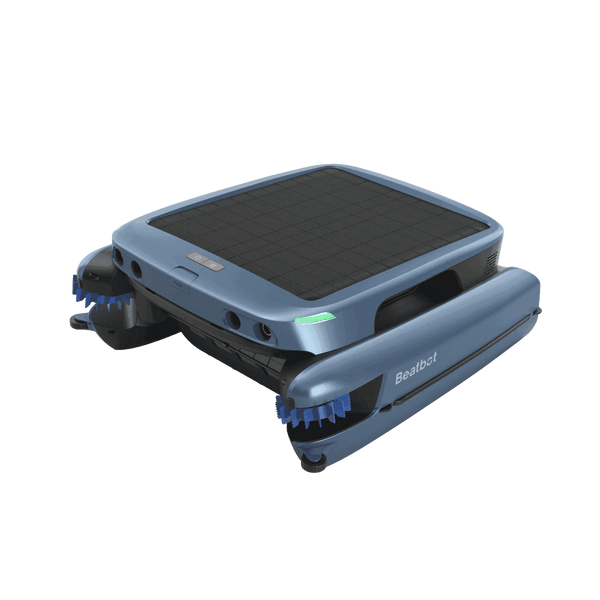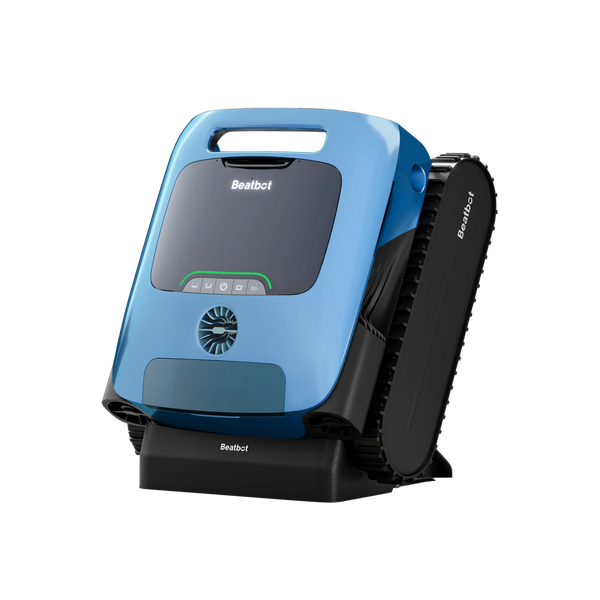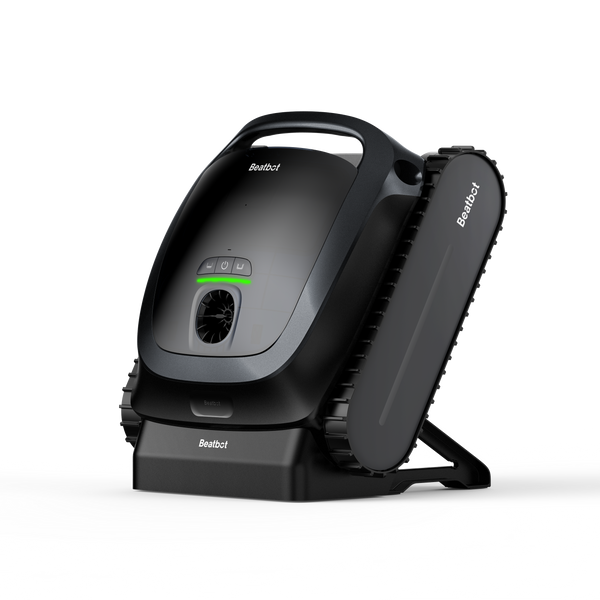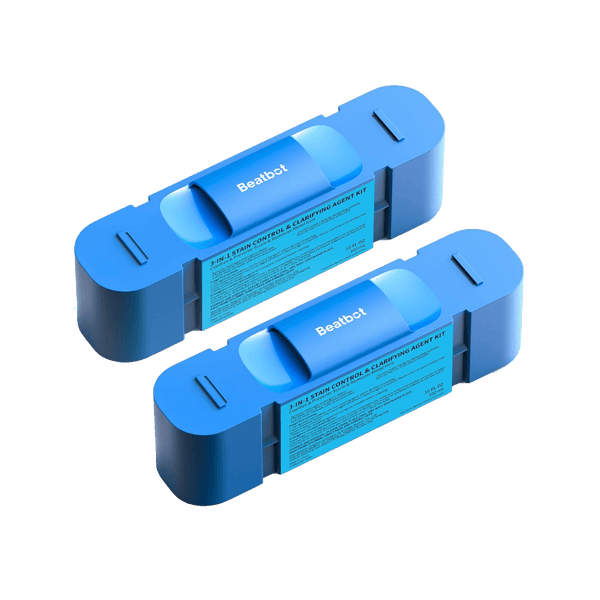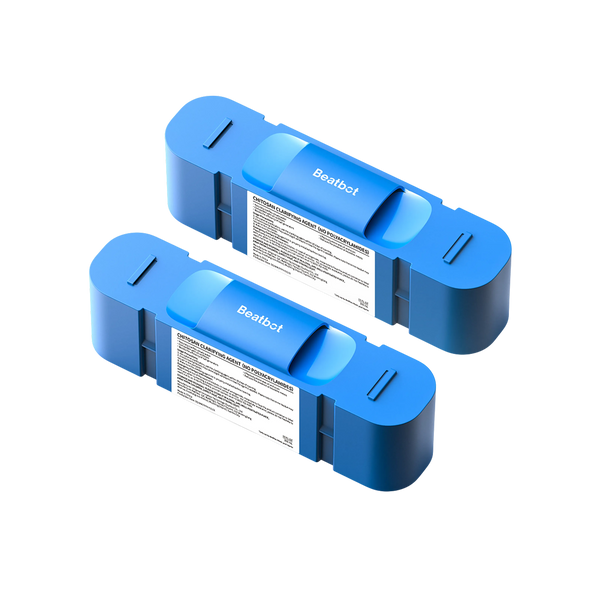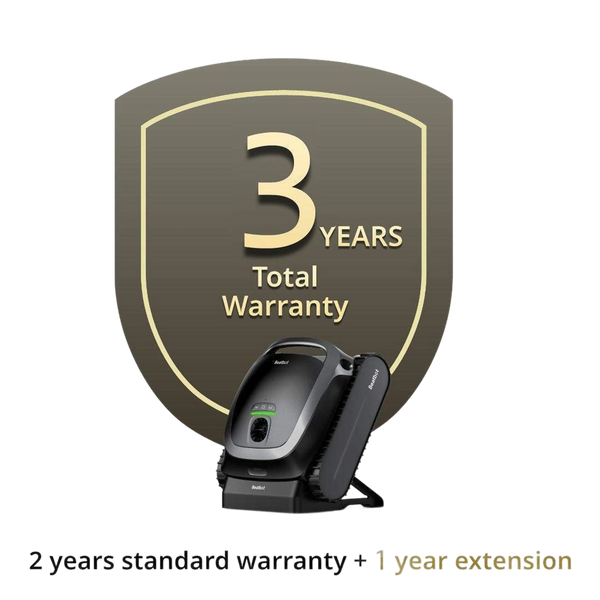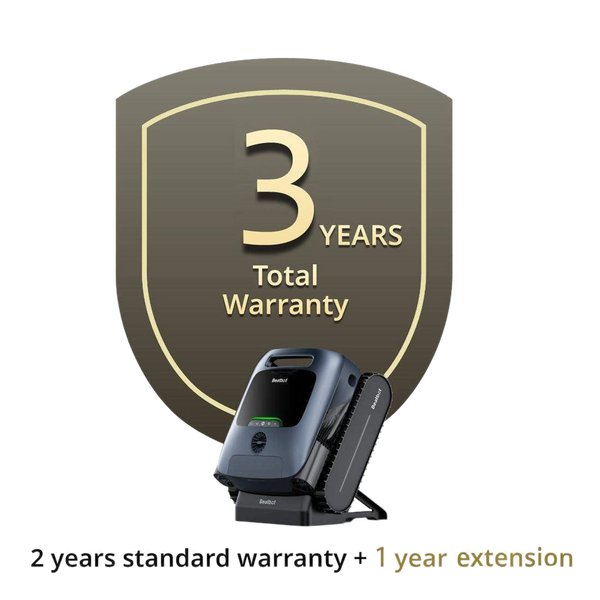Basic Pool Chemistry 101: Understanding Pool Water Balance
It'd be nice to fill your pool with water and not worry about algae, bacteria, or anything else that could dirty it. That sounds appealing, but the truth is very different. We promise that it is worth the work to keep the water in your pool clean and balanced.
It might seem like a lot of work to test and add chemicals to your pool water all the time, but that's the only way to keep it clear, safe, and fun. No one who owns a pool wants to have to deal with algae or water that is so messed up that they have to drain it and start over.
We'll go over the most important pool chemistry ideas in this article so that you can keep your pool clean and safe all season long.
How to Clean Your Pool
You fill your pool with clean, fresh water and regularly skim leaves and pick up trash. Your pool will still become unclean and harbor germs even if you keep it clean. Bugs, leaves, twigs, and other trash naturally fall into the pool. People who swim leave behind oils, dead skin cells, soap, sunscreen, and even hair.
Using pool chemicals, especially sanitizer, is the only thing that keeps your pool from turning into a dirty, germ-filled cesspool. Chlorine is the most important chemical for your pool because it keeps the water clean and free of algae, bacteria, and viruses. The water can become dangerous very quickly without it.
The chemicals in your pool need to be just right for your sanitizer to work well. The sanitizer might not work if the pH, alkalinity, and calcium hardness levels aren't right. If your water is brittle, you'll also need to clean it of stains and scale that build up.
What pH means for your pool
One of the most important things to know about pool water chemistry is its pH. It tells you if the water is acidic or basic. The pH scale ranges from 0 to 14. Values that are acidic are less than 7, values that are neutral are 7, and values that are alkaline are more than 7. The pH level of your pool should stay between 7.2 and 7.6.
It can damage the tiles, equipment, and other surfaces in your pool if the water is too acidic (has a low pH). Over time, this can hurt your plumbing and pool systems, which can be very costly. Acidic water can hurt swimmers' skin and eyes, which makes swimming less fun, which is even more important.
A high pH level (alkaline) can cause a lot of trouble. First, it makes the chlorine in the pool not work as well. Chlorine is a disinfectant, but if it doesn't work right, it can let bad bacteria and algae grow, which makes the pool water unsafe. The water can get cloudy, and the pool's surfaces can get covered in scale if the pH is too high.
Chlorine will work, the water will be safe for swimmers, and the pool's surfaces won't get damaged if you keep the pH levels between 7.2 and 7.6.
| pH Level | Ideal Range | Effects of Imbalance |
|---|---|---|
| Ideal Range | 7.2 - 7.6 | Ensures chlorine works well, comfortable for swimmers, protects pool surfaces. |
| Too Low (Acidic) | Below 7.0 | Causes corrosion of pool surfaces and equipment, skin/eye irritation. |
| Too High (Alkaline) | Above 7.8 | Reduces chlorine efficiency, causes cloudy water, scaling on surfaces. |
Why Alkalinity Matters
Alkalinity tells you how well the water in your pool can keep its pH level steady. You could say that it helps keep your pH levels stable. If the alkalinity is too low, it can be challenging to keep a steady balance because the pH can change a lot. However, if the alkalinity is too high, it can cause the water to become cloudy and reduce the effectiveness of chlorine.
The best level of alkalinity for pool water is between 80 and 120 parts per million (ppm). You won't have to change the pH as often because it stays more stable in this range of alkalinity. If you keep the alkalinity level in check, your sanitizer will work and the pool will stay clear.
| Alkalinity Level | Ideal Range | Effects of Imbalance |
|---|---|---|
| Ideal Range | 80 - 120 ppm | Stabilizes pH, reduces need for constant adjustments, keeps chlorine effective. |
| Too Low | Below 80 ppm | pH fluctuates, making it hard to control, unstable water conditions. |
| Too High | Above 120 ppm | Causes cloudy water, reduces chlorine efficiency. |
How strong is calcium?
Calcium hardness is the amount of calcium that is dissolved in the water in your pool. "Soft water" has little calcium, while "hard water" has a lot. If they aren't balanced right, both can cause problems.
If there is too much calcium in your pool, it can leave mineral deposits on the surfaces and equipment, which can cause scale to build up. Not only does this make the pool look unappealing, but it can also damage surfaces and even block filters and heaters, reducing their effectiveness and potentially leading to expensive repairs.
Water with low calcium can become aggressive, damaging plumbing, equipment, and pool surfaces. Over time, this can lead to pitting, staining, and wear that lasts for a long time.
The amount of calcium hardness should be between 200 and 400 parts per million (ppm). This keeps the water in check, which stops both rust and scaling.
| Alkalinity Level | Ideal Range | Effects of Imbalance |
|---|---|---|
| Ideal Range | 80 - 120 ppm | Stabilizes pH, reduces need for constant adjustments, keeps chlorine effective. |
| Too Low | Below 80 ppm | pH fluctuates, making it hard to control, unstable water conditions. |
| Too High | Above 120 ppm | Causes cloudy water, reduces chlorine efficiency. |
Chlorine
Chlorine is one of the best things to use to clean pool water. Chlorine changes into hypochlorous acid when you put it in pool water. This acid kills bacteria, viruses, and algae. This chemical reaction is what makes your pool safe to swim in.
Chlorine works best when there is the right amount of it. Bad germs can grow in water that doesn't have enough chlorine, which can be harmful for your health. If the chlorine level is too high, swimmers may get itchy skin and eyes, and the water may smell like chemicals.
The chlorine level in your pool should stay between 1 and 3 parts per million (ppm) to keep the water safe and comfortable for swimming. Checking the chlorine levels in your pool often will keep it clean and keep people from getting sick from too much chlorine.
| Chlorine Level | Ideal Range | Effects of Imbalance |
|---|---|---|
| Ideal Range | 1 - 3 ppm | Effectively sanitizes, prevents harmful bacteria and algae. |
| Too Low | Below 1 ppm | Increases risk of bacteria, algae, and unsafe swimming water. |
| Too High | Above 3 ppm | Causes skin/eye irritation, strong chemical smell. |
Total Dissolved Solids (TDS)
The total amount of dissolved minerals, salts, and chemicals in the pool water is called TDS. The TDS level can go up over time, especially if you don't change the chemicals and treatment additives in the pool. When TDS levels are too high, the water can get cloudy, the chemicals may not work as well, and other problems may arise.
It can be hard to keep the pool water clean and clear if the TDS level is too high. For your pool to be healthy, the TDS level should be less than 1500 ppm most of the time. If the TDS level goes above this point, you might have to partially drain and refill the pool to get it back to normal.
| TDS Level | Ideal Range | Effects of Imbalance |
|---|---|---|
| Ideal Range | Below 1500 ppm | Maintains water clarity, ensures effective chemical use. |
| Too High | Above 1500 ppm | Causes cloudy water, reduces effectiveness of sanitizers. |
How to Keep Your Pool in Balance
You should check the chemistry of your pool often and make small changes as needed to keep it balanced. You can do these things to keep the water in your pool clean:
You should check the water in your pool on a regular basis.
Use a good pool testing kit to check the water in your pool at least once a week. To make sure everything is in balance, you should check the levels of pH, alkalinity, calcium hardness, and chlorine.
Change the levels of chemicals as needed.
If the tests show that the chlorine, calcium hardness, pH, or alkalinity levels are too high or too low, you need to use the right pool chemicals right away to fix the problem. When you add chemicals to your pool, always follow the instructions on the package.
Make sure to clean your pool regularly
Skim the surface to remove leaves and debris. For thorough cleaning, a pool robot cleaner is an excellent choice for automatic cleaning of the pool floor and walls. If you prefer a more flexible option, a cordless pool cleaner allows you to easily move around the pool and pick up dirt and debris. Both of these tools help keep your pool clean and ensure that your chemicals work more effectively.
Give Your Pool a Shock
You should shock your pool every few weeks or after heavy use to eliminate chloramines, the byproducts of chlorine, and refresh the water. This will make sure that your sanitizer stays working well.
Final Thoughts
Checking the pH, alkalinity, calcium hardness, chlorine, and TDS levels will help you keep your pool clean, balanced, and welcoming. By testing the swimming area often and making small changes, you can keep it just right. This will help you avoid problems that are costly and time-consuming in the future.
You can keep your pool in great shape all season and have a great time swimming if you know a little bit and work hard.
